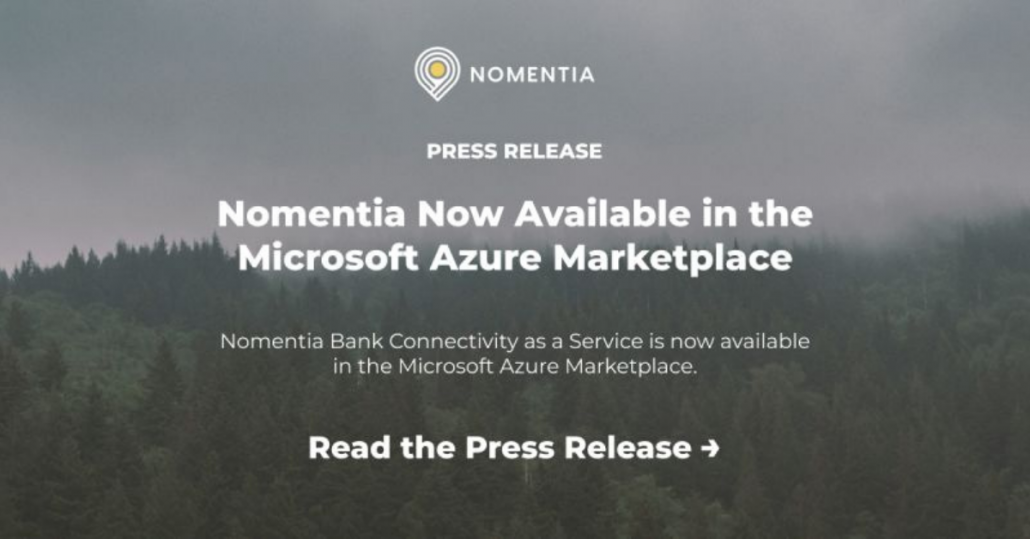The Role of APIs in Strategic Cash Forecasting
19-05-2022 | treasuryXL | Kyriba | LinkedIn |
By Andrew Deichler, Content Manager and Strategic Marketing

Cash forecasting has undergone some substantial changes over the past couple of years. While forecasting has always been important, the COVID-19 pandemic highlighted just how critical it is, and why CFOs are prioritizing it more than ever.
In a recent webinar, Bob Stark, global head of marketing for Kyriba, and Lisa Husken, value engineer at Kyriba, discussed the current and future state of strategic cash forecasting. When exploring the data, one key point became clear—APIs are the key to more accurate cash forecasts.
How Forecasting Has Changed
Prior to the pandemic, many organizations with high idle cash balances might not have prioritized forecasting, Husken noted. However, once the pandemic hit, as well as other issues that followed like supply chain disruptions, even cash-flush companies quickly saw the important role forecasting played in their liquidity strength.
Risk management has also become more of a focus in the pandemic era as macroeconomic factors impacted FX, interest rates, the supply chain, and inflation. This prompted a shift from organizations generally producing one cash forecast to looking at multiple scenarios for cash and liquidity. “The ‘what-if’ scenarios became increasingly important,” Stark said. “It’s not like they didn’t happen before… but everyone became intrigued by [scenario planning] come 2020.”
Data-Driven Decision-Making
Given the focus on risk and the necessity to explore multiple potential scenarios, today’s treasury functions are focusing heavily on data-driven decision-making. Organizations have more data than ever before, and they need real-time access to it in order to make strategic decisions. And the only way to facilitate that is through APIs; “You can’t become more data-driven without actually having integrated platforms with APIs,” Stark said.
While many organizations view APIs as connectors that allow companies to access their banks and real-time payments, they have much greater potential. They have the ability to unify data, bringing information together into one, composable system, Stark explained. They can take a company’s system of record (the ERP), merge it with a treasury management system, and also bring in data sets from other internal and external sources, such as purchase requisitions, purchase orders, invoices, sales forecasts, etc.
With such expansive capabilities, it’s plain to see why APIs are the perfect tools for forecasting. A survey of over 800 finance executives by IDC and commissioned by Kyriba revealed that 88% of them are prioritizing APIs this year. That’s because CFOs understand that APIs can unify forecast data across their organizations so that they can make better decisions. They are demanding more precise cash forecasting and liquidity planning.
And they are right to demand it, because at the moment, they don’t have the insights they need. The survey also revealed that currently only 15% of finance leaders leverage real-time data to drive insights, and only 25% of finance teams reliably forecast cash and liquidity beyond one month.
Husken noted that those two data points go hand in hand. Reflecting on her previous role as a treasury practitioner, she noted that once forecasts go beyond 4 weeks, their accuracy tends to be 50% at best. “If you don’t have access to that real-time data, then you’re not utilizing the most up-to-date information,” she said. “Then how could you be as accurate as you could be going out further than four weeks.”
Better Forecasting Rewards
Improving the forecast would provide treasury and finance teams with more confidence to capture higher yield, which is desirable in a rising interest rate environment. With the insight strong forecasting provides, some Kyriba clients have been able to decrease the amount of cash they commit to working capital on a both short-term and a long-term basis and divert it to higher-yielding activities.
For example, through improved forecasting with Kyriba, Health Care Service Corporation (HCSC) was able to reduce working capital holdings by nearly $4 billion. The health insurance company was then able to make more strategic investment decisions earlier in the day, resulting in a 5% increase in investment returns. Short-term returns grew by $40 million, while long-term returns have seen an increase of $140 million.
Looking ahead, treasury teams may reap even higher rewards as interest rates increase. The culmination of data that APIs facilitate will create better forecasts, enabling organizations to put cash on the balance sheet to the best possible use. Borrowing will get more expensive as interest rates increase, but APIs can vastly enhance the decision-making process.
Listen to the full webinar here. And for even further insights, download the AFP Treasury in Practice Guide, Treasury Opportunities in Strategic Cash Forecasting.



.png?width=1200&upscale=true&name=Group%2056%20(1).png)

















